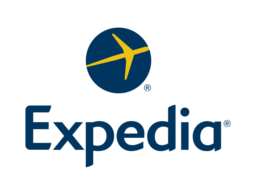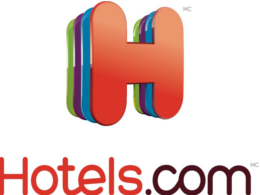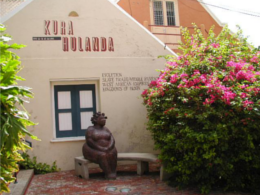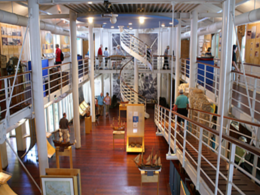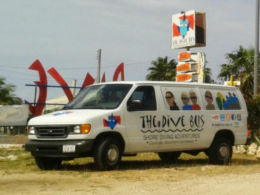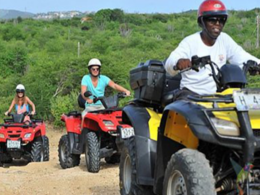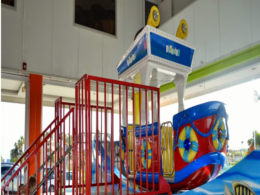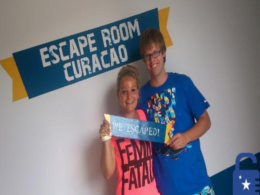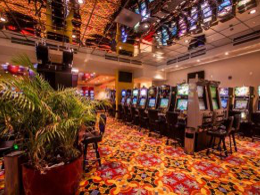Curaçao is an island country in the southern Caribbean Sea, approximately 65 kilometres (40 mi) north of the Venezuelan coast that is a constituent country of the Kingdom of the Netherlands. Formally called the Country of Curaçao, it includes the main island and the uninhabited island of Klein Curaçao. It is known for its beaches tucked into coves and its expansive coral reefs rich with marine life. The capital, Willemstad, has pastel-colored colonial architecture, floating Queen Emma Bridge and the sand-floored, 17th-century Mikvé Israel-Emanuel Synagogue. It’s also a gateway to western beaches like Blue Bay, where scuba divers can access a vertical coral wall from the shore.
Population: 153,500(2013)
Area: 171.4 mi²
Capital: Willemstad
Languages: Dutch, Papiamento, English
Currency
Curaçao currency is the Antillean guilder (also called the florin), which is abbreviated as Nafl. Our Ang. U.S. dollars circulate freely, so it is possible to get by using only American dollars or credit cards. Please note that vendors can rarely supply Curaçao money in U.S. currency. Euros are accepted at some hotels and restaurants, but unlike U.S. dollars, they do not circulate freely.
ATM machines can be found all over the island at major population centers and at the airport. To recognize an ATM machine, look for the signs “Bankomatico” or “Geldautomaat.”
Climate
Curaçao has a tropical savannah climate with a dry season from January to September and a wet season from October to December. The temperatures are relatively constant with small differences throughout the year. The trade winds bring cooling during the day and the same trade winds bring warming during the night. The coolest month is January with an average temperature of 26.5 °C (80 °F) and the warmest month is September with an average temperature of 28.9 °C (84 °F). The year's average maximum temperature is 31.2 °C (88 °F). The year's average minimum temperature is 25.3 °C (78 °F).
Safety
Safety is not a big issue on Curacao. The locals are friendly, welcoming, and willing to give assistance. After all, a major part of their island's income comes from tourists. Despite this, Curacao has recently developed a reputation for being one of the unsafest islands in the Caribbean. That can be agreed or disagreed with, but it is without doubt the unsafest part in the Kingdom of the Netherlands. Crime and homicide have steadily been on the rise for the last couple of years - but still, this is not something the average tourist needs to worry about.
It is generally safe to walk the streets of the capital, Willemstad, during daylight, even in some of the less populous areas. In regards to walking at night...some locals say it's safe with no problem, while others recommend against it. Nevertheless, this island is most definitely among the safest of Caribbean travel destinations.
If you rent a car, do not, under any circumstances, leave any personal belongings in the car. Car break-ins are not uncommon on the island. If you think you are alone, you may not be. If you think your trunk is a safe place to store belongings, it is not. Even if your items are of little value, you still have to deal with the cost for a replacement window, the headache of dealing with your rental car company, and a wasted day filing police reports.
Health
The sun can be a potential health hazard for travelers in Curaçao. Visitors should take precautions to protect themselves from the harsh Caribbean sun by wearing sunscreen, sunglasses, aloe vera, and hats. Travelers should stay hydrated and beware of symptoms such as dizziness that can preclude sun poisoning and sun stroke.
Mosquitoes can also be problematic in Curaçao, and cases of dengue fever have been reported. When mosquitoes are apparent on the island, people are strongly advised to wear long sleeved shirts, long pants, shoes, and hats, and to also use an insect repellent containing DEET. Travelers who will be sleeping where mosquitoes could get to them should invest in a mosquito net.
Tap water is sea water that has been distilled in a local factory and is considered safe. Bottled water is also widely available.
Education
Public education is based on the Dutch educational system and besides the public schools, private and parochial schools are also available. Since the introduction of a new public education law in 1992, compulsory primary education starts at age six and continues six years, secondary lasts for another five.
Transportation
The best way to get around Curaçao is by car. Some of Curaçao's hotels offer area shuttles, and the public buses cover the majority island, but service is infrequent. If you want to explore the island on your own time, then you'll want your own set of wheels. Taxis are available from Curaçao's major airport, Hato International Airport (CUR), about 8 miles northwest of Willemstad. However, cabs can be expensive, especially if you are planning on using them frequently.
If public transit isn't your style, and you don't want to rent your own car, taxis are another popular and easy-to-find option. They, too, are marked, and their plates read "TX." Some taxi drivers will even be your tour guide for the day, if you ask. But remember to agree on a fee before heading out.
Ferries are a great way for shoppers to get to and from some of the island's main shopping areas. Please do note however that there is no available ferry service between the ABC islands or to neighboring Venezuela.
There are two types of buses on the island, BUS. and Konvoi. The easiest way to ride is to go to one of the two bus stations in Willemstad. These include Otrobanda Station, located across the street from the Rif Fort and Punda Station, at the post office, across from the Circle Market.
Popular car rentals: Sixt, National, Europcar, flexi, Alamo.
Beaches
Blue Bay Beach
Blue Bay Beach is a shady beach just northwest of Willemstad, near the village of Sint Michiel, with lots of facilities. It's popular with local families and visitors because of the soft white sand. The sea floor slopes gently from the beach, so children enjoy playing here. There are lounge chairs, palm trees, shade umbrellas, a nice bar and restaurant, a water sports center (diving and sea kayaking!), and a bikini shop. There is a children’s playground, a fairly large pool, and showers and toilets. On Sundays you can join a barbeque lunch. An admission fee for Blue Bay, Curacao is charged.
Caracasbaai
The beach is made of coarse sand and pebbles and is popular for snorkeling and diving because its part of the underwater park. Also popular with the island residents. There are several small restaurants, there water is usually calm and the admission is free.
Playa Porto Mari
Playa Porto Mari is a beautiful sandy bay to be found on the private estate of Plantages "Porto Mari" on the west coast. Its white coral sand beach, with clear and calm water, is a true paradise for water lovers. The unique "double" reef is easily accessible from the shore, providing a fascinating snorkel and dive site. There's a dive operator at the beach. Playa Porto Mari is open every day and the beachside bar and restaurant offer visitors a variety of delicious tropical drinks and meals.
Jan Thiel Beach
Jan Thiel Beach also called “Curacao ‘happiest’ Beach” If you’re looking for sun, sea and sand but also want some amusement Jan Thiel Beach is the place to visit. It is located in a new upscale residential area east of town. Live music, great Restaurants and it has a child friendly area. It has a beach volley playground, a small water park & mini pool for the kids.
Knip Beach
Knip Beach “Curacao’s most Famous and Longest Bounty Beach”, considered the Best Beach on the island by tourists! This beach really is perfect and my personal favorite too. Crystal-clear turquoise sea and a long stretch of soft white powdery sand. On the weekends it’s heavily visited by locals but during the weekdays this fascinating beach can be all yours.
Cas Abao Beach
Cas Abao offers you a white sandy beach, crystal clear waters, waving palm trees and many gazebos for shade. The beach combines a natural country setting with all the conveniences of a full service beach. Cas Abao is ideal for swimmers of all ages and its reefs are a paradise for snorkelers and scuba divers. A raft for sunbathing and playing is moored off the beach. There is a bar, restaurant, showers and a massage facility.
Cas Abao is open daily from 8 am to 6 pm.
Jan Thiel Beach
Lounge on a beach bed under a palm tree and enjoy the beautiful open bay, which has excellent diving and snorkeling. Jan Thiel Beach is located in a new upscale residential area east of town. With a full service dive operation and children-friendly semi-enclosed wading area resembling a swimming pool and a small waterpark. Jan Thiel is a real family beach. There's also a restaurant that serves sandwiches, snacks, and drinks on the beach.
Accommodation
Activities


